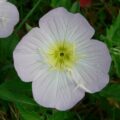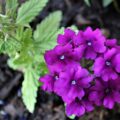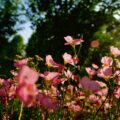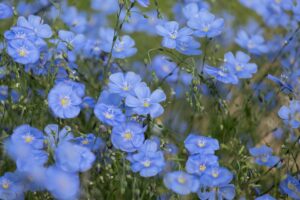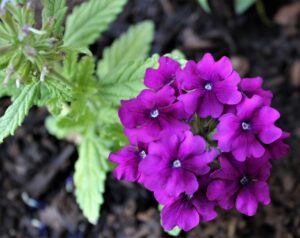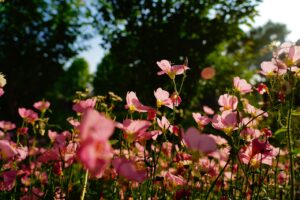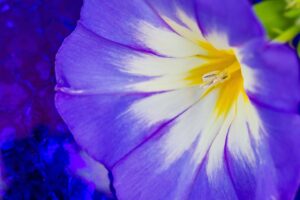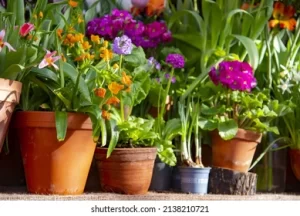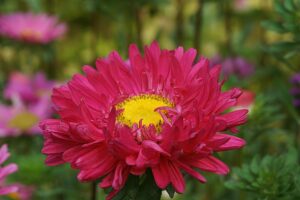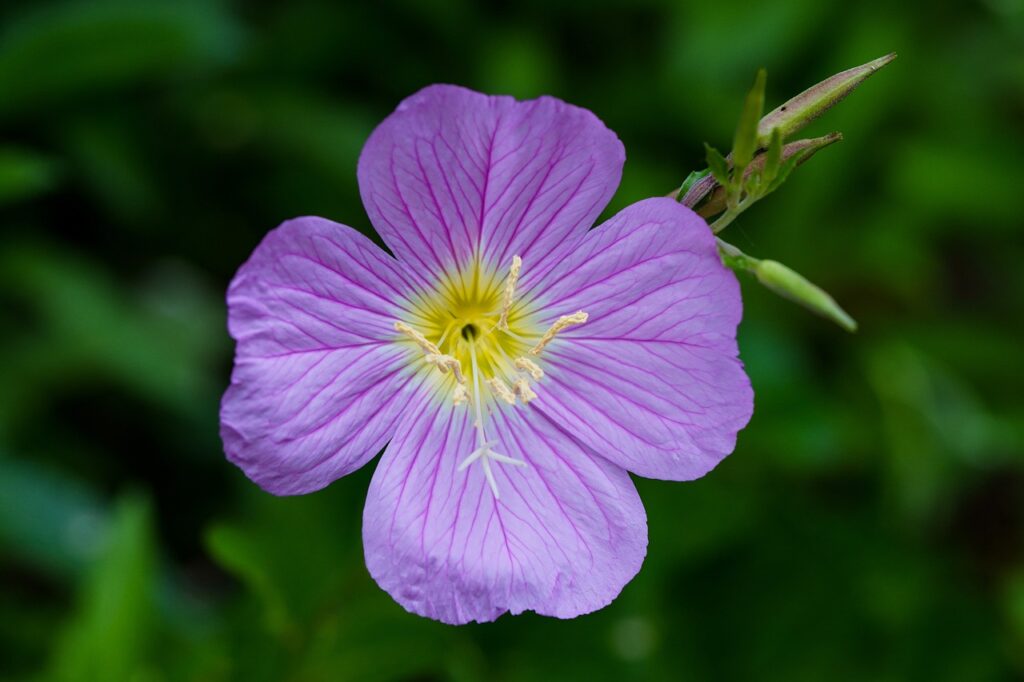
Primrose History
Primroses, known scientifically as Primula, are a captivating group of plants that have intrigued botanists, gardeners, and nature enthusiasts for centuries. Their vibrant blooms, early flowering, and diverse forms make them a herald of spring and a favorite in gardens worldwide. This article delves into the rich history and origin of primroses, tracing their journey from wild woodlands to cherished garden staples.
Early Discoveries and Naming
The story of primroses begins in the woodlands, meadows, and alpine regions of the Northern Hemisphere, particularly in Europe, Asia, and North America. The name “Primula” is derived from the Latin word “primus,” meaning first, reflecting their role as some of the earliest flowers to bloom in spring.
Primroses have been known and appreciated for their medicinal properties since ancient times. In medieval Europe, they were used in folk medicine for treating ailments like rheumatism and gout. The early botanical works from the 16th and 17th centuries, including those by renowned botanists like John Gerard and Carl Linnaeus, featured primroses, indicating their prominence in the botanical world even then.
Cultural Significance
In folklore and literature, primroses have held a place of enchantment and mystique. They were often associated with fairies and were thought to provide protection against evil spirits. In Victorian England, primroses were emblematic of youth and renewal, often used in art and poetry to symbolize these themes.
During the 19th century, the primrose became closely linked with British Prime Minister Benjamin Disraeli. Queen Victoria, a great admirer of Disraeli, would often send him bunches of primroses, which were believed to be his favorite flower. After his death, primroses were laid on his grave, and April 19th, the anniversary of his death, became known as Primrose Day in the UK.
Botanical Developments and Hybridization
The Victorian era also saw a surge in the popularity of primroses as a garden plant, leading to extensive cultivation and hybridization. Gardeners and botanists began experimenting with different species, creating a plethora of hybrids with varied colors, sizes, and shapes.
One significant development was the breeding of the Polyanthus primrose, a hybrid with clusters of flowers borne on a single stem, diverging from the traditional single-flower-per-stem form of wild primroses. This hybridization opened the door to a new realm of gardening possibilities, making primroses even more popular among garden enthusiasts.
Primroses Around the World
Primroses are not just limited to Europe; they are found across many parts of the world, each region boasting its unique species and varieties. In China, for example, Primula species are found in abundance, with many being endemic to the region. The Himalayas, too, are a hotspot for Primula diversity, with species like Primula denticulata (the drumstick primrose) being native to this area.
In North America, primroses have also been embraced, with native species like the evening primrose (Oenothera biennis) becoming a staple in many gardens. These varieties are celebrated for their hardiness and adaptability to various climates and soil conditions.
Modern Primroses and Conservation
Today, primroses continue to be a subject of fascination and admiration. Modern hybridization and cultivation techniques have further expanded the range of available primroses, with new varieties being introduced regularly.
However, the growing popularity and extensive cultivation of primroses have raised concerns about the conservation of wild species. Many native primrose habitats are threatened by urbanization, climate change, and over-collection. Conservation efforts are underway to preserve these species in their natural habitats and through seed banks and botanical gardens.
Conclusion
From their early discovery in ancient woodlands to their modern status as beloved garden flowers,
primroses have traveled through time, enchanting people with their delicate beauty and diverse forms. Their story is not just one of aesthetic appeal but also of botanical exploration, cultural significance, and ecological awareness. As gardeners and nature lovers continue to cherish these early harbingers of spring, the legacy of primroses is sure to bloom for generations to come.
The journey of the primrose from a wildflower to a garden favorite reflects the human fascination with the natural world and our desire to connect with it through gardening and cultivation. Each variety of primrose, from the wild species to the carefully bred hybrids, tells a story of adaptation, survival, and beauty.
In the realm of botany and horticulture, primroses have been a platform for scientific study and experimentation. They have contributed to our understanding of plant biology, genetics, and ecology. The diversity among primrose species has provided valuable insights into evolutionary processes and plant breeding.
The cultural and historical significance of primroses continues to resonate in modern times. They are a reminder of the changing seasons, symbolizing new beginnings and the rejuvenation of nature. In art, literature, and folklore, primroses maintain a symbolic presence, often representing purity, youth, and the transient nature of life.
Conservation of primrose species and their natural habitats is a crucial aspect of preserving biodiversity. As we continue to enjoy the beauty and diversity of these plants, it is essential to remember our role in protecting and sustaining the environments they thrive in.
Primroses, in all their varieties and forms, are more than just a beautiful addition to our gardens; they are a testament to the intricate and interconnected nature of our ecosystem. Their enduring appeal lies in their simplicity and the joy they bring as one of the first signs of spring. As we cultivate and care for these flowers, we also nurture a deeper appreciation for the natural world and its incredible diversity.
In conclusion, the history and origin of primroses are as colorful and varied as the flowers themselves. From ancient woodlands to modern gardens, they have captured the hearts of people across the world. Their journey through time is a reflection of human curiosity, creativity, and a deep-rooted connection with nature. As we look forward to each spring with anticipation for the first blooms of primroses, we are reminded of the enduring beauty and resilience of the natural world.
